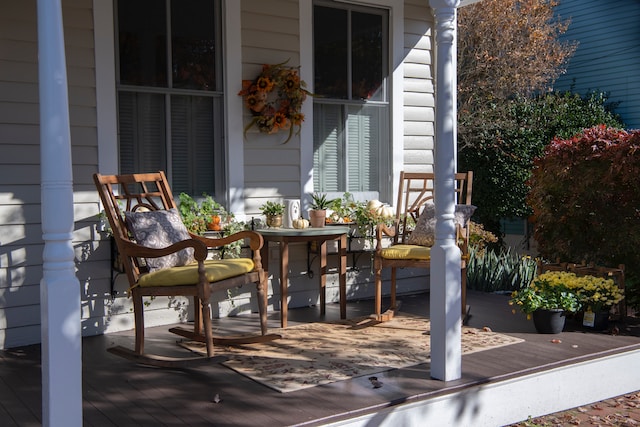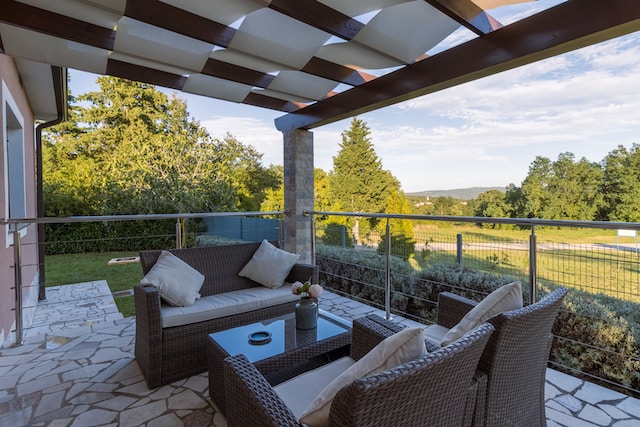 Several other ways exist to build a new patio or driveway without using concrete pavers. These may include:
Several other ways exist to build a new patio or driveway without using concrete pavers. These may include:
Poured Concrete or Asphalt – Poured concrete is the most common and economical alternative to complex surface design. Poured concrete can also be stamped to resemble any number of paving materials. The most common place you will see Asphalt is in driveway applications.
Natural Stone – Smit House Construction produces a series of Natural Stone slabs that are aesthetically pleasing but offer low water absorption, freeze-thaw durability, and flexural strength. Pierre Naturelle is suitable for pool decks, patios, steps, and copings for vertical elements.
Porcelain – Smit House Construction offers a stunning line of premium porcelain in unique colors and designs. These products are suitable for wood decks and concrete siding and should not be used on driveways.
Dirt or Gravel – Depending on your location and the weather conditions in your area, dirt or gravel can be used to build impressive, low-maintenance patios or driveways. Stone can be considered a semi-permeable, durable, and affordable solution. Soil On the other hand, dirt may require a little more maintenance as rain or snow can cause puddles or freezing on the surface, which can be dangerous.
Permeable Pavers – Permeable pavers are very durable, elegant and eco-friendly. Aside from their obvious sustainability benefits, permeable pavers are a cost-effective paving solution. Some municipalities may even offer tax savings incentives to encourage porous applications.
Advantages of having a house with an interior patio
The advantages of having a house with a lower patio are almost infinite; the benefits are both in terms of living, comfort, energy efficiency, and thermal regulation.
Having a house with an interior patio is synonymous with a healthy home, and its advantages include the following:
- Natural ventilation: natural ventilation is a very efficient passive cooling strategy, especially in areas where the climate has high temperatures. Interior patios are spaces that will regulate ventilation inside the home since the wind remains stable in a continuous direction regardless of the outside air.
- Communication between spaces: the interior patio becomes the space that organizes the other areas of the house.
- Natural lighting: natural light increases the quality of life in a house, helping to create very particular and stimulating spaces.
- Contact with nature: having an interior patio allows us to be close to heart since we can include plants, trees, pools, fountains, or even a garden to grow our food.
 A house with an interior patio will provide us with the ideal conditions to generate a natural interior space that will improve the quality of life of everyone who lives in the house.
A house with an interior patio will provide us with the ideal conditions to generate a natural interior space that will improve the quality of life of everyone who lives in the house.
Interior patio: virtues of a healthy environment
Whoever has an interior patio has a treasure. Whether in our home, in the office, in a hotel, or any establishment open to the public. It is a space worth taking advantage of with a design that turns it into an oasis. An environment in which to enjoy our time and that benefits the rest of the rooms, directly or indirectly, and the uses we make of them.
A space’s interior design can generate emotions, enhance its qualities, and provide nuances, both aesthetic and functional. When we inhabit it, we find comfort, serenity, tranquility, or even fantasy and play, depending on the uses of the space. In the case of interior patios, as they are a means of communication with the outside, they can provide numerous benefits.
One of the main ones is natural light. We recently discussed some keys to lighting in interior design. Please take advantage of natural light to increase our well-being and comfort inside buildings. The interior patio is also an ally of sustainability. For example, during the hot months, it can generate air currents that cool the rooms as a natural fan. For its part, during the winter, it allows us to enjoy an outdoor environment that, when protected, can offer us more pleasant temperatures.
It is a space that, in general, generates a healthy environment. A pleasant environment to live in, in which, for example, we can place plants that give us comfort, where we can meet with friends or enjoy our privacy, to name a few.
